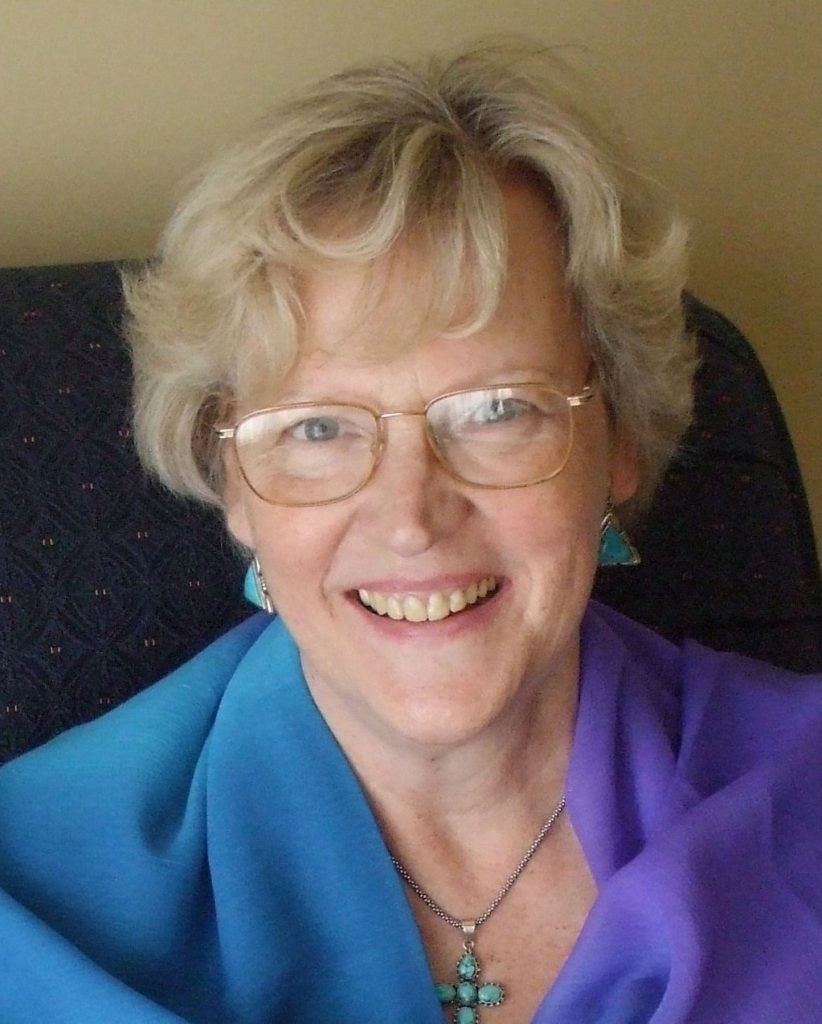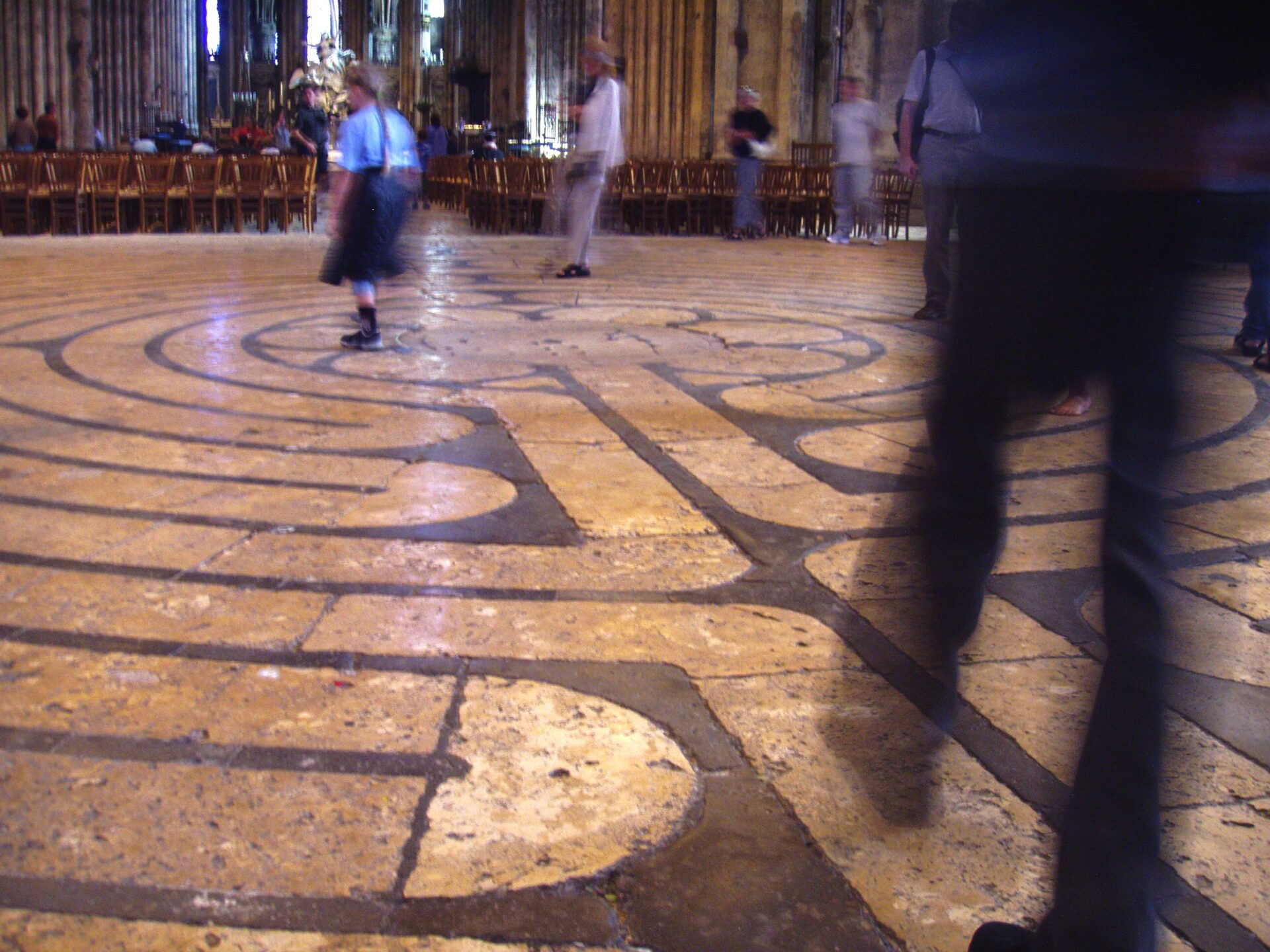The Jesus we meet in meditation is the same as the one we experience in the letters of St Paul’s, namely the risen Christ. St Paul gives no account whatsoever of Jesus’ life or even his teaching; nor is there anywhere in the Gospels really a strictly biographical account. Everyone in the Early Church knew who Jesus was; they had no further need for those details. They selected episodes in Jesus’ life that helped them to share their understanding of the significance of his life and teaching to the communities that gathered round them. St Paul saw all in the light of the Risen Christ, the Cosmic Christ; St Matthew addressed mainly Jewish followers and St John addressed Hellenistic Jews, which is clearly shown by the examples, symbols and language used by these three.
The apostles had no doubt that Jesus really existed, was truly human and yet had risen. The risen Christ and Jesus the man are not two but one. And it is this fact that is important to us. Jesus the man shows us in the example of his life a way to wholeness, a way to transcend the insistent demands of the ego and act out of the ego or the true Self, as circumstances demand. He shows us in his example of deep prayer a way to wholeness and awareness of our connection with Divine Reality. The Risen Christ shows us that we too will survive bodily death and can even in this life experience the reality of the spiritual dimension.
There is no doubt that Jesus too had an ego. After all, the ego is our God-given survival instinct. He knew how to stand up and assert himself, how to disappear to avoid dangerous situations, how to defend himself to unfair criticism. He had the full range of human emotions. We see him acting compassionately, when confronted with the suffering of those he healed; he is patient, understanding and forgiving with those who have sinned. There are moments of anger, irritation, impatience and grief. We see him thirsty, tired, and in agony at the fate that awaits him, yet finally we see him surrender to the will of God. He had an ego, but he was in control of his ego; his ego was not in control of him.
“Jesus had an ego. So it is not that the ego in itself is sinful. It is egotism, fixation in the ego that leads to the forgetting and betrayal of our true Self. Sin happens when ever the ego is mistaken for the true Self.” (Laurence Freeman ‘Jesus, the Teacher Within’)
He stated his objective clearly: “I have come that you may have life and life in all its fullness”. We fulfill his hope for us by living from our true ‘self’ in harmony with a fully integrated ego, aware of our link, our interconnectedness with Divine reality. This realization is the fruit of meditation, deep prayer. The key is deep listening to the indwelling Christ, the essence of Jesus the man, and listening intently to the spirit of his teaching in the Gospels available to us.





